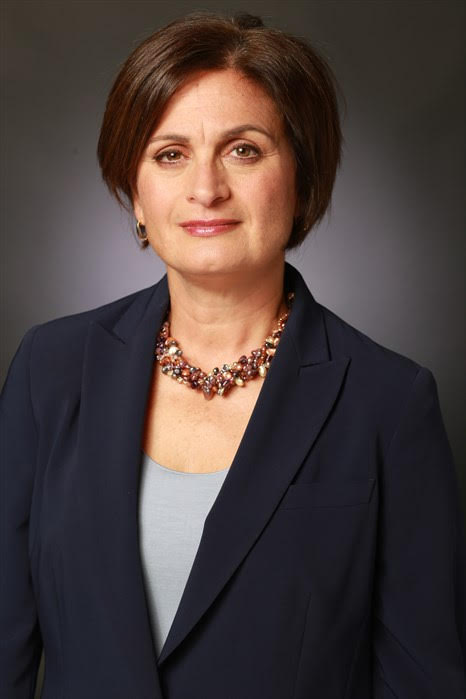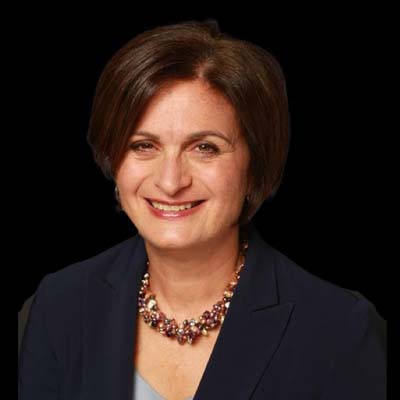Riding the Virtualization Wave
The telecommunications industry has been riding the hype wave of virtualization over the past few years, and the cable industry has not been immune to this trend. To be sure, virtualization brings significant benefits in terms of improved operations, better resiliency, feature velocity, better customer experience and possibly lower cost, and indeed the cable industry is right to focus on adopting this enabling technology in their operating environment. We expect virtualization to gain meaningful traction in 2020 in the cable industry.

This said, virtualization is an enabling technology with far reaching implications for the operating environment of a cable operator beyond simply deploying a new system, and there is not one optimal approach to pursue; each operator should carefully consider the path to virtualization that is best suited to its current network, operating environment and parameters, service needs, and market dynamics.
Although the focus of virtualization conversations has typically focused on the CCAP—granted an essential component of a virtualization strategy—it is important to note that significant benefits can be derived from virtualizing the management and control planes, which can be achieved even while retaining the legacy I-CCAP. We expect cable operator strategies regarding virtualization to follow four paths in the next five years:
1. Retain the legacy I-CCAP as long as it continues to meet the operator’s needs. Despite technology innovation, legacy technologies tend to stay around a lot longer than one would expect, as long as they adequately meet the operator’s needs.
2. Virtualize the CMTS core while retaining the edge QAMs and move the PHY layer to a remote PHY shelf, which can be located in the headend or the hub. The advantage of this architecture is that it enables the MSO to derive some virtualization benefits while retaining RF from the headend and preserving the edge QAMs.
3. Remote PHY: The CMTS core is virtualized, and the PHY layer is moved to a Remote PHY device (RPD), which is housed in the access node. The traffic out of the headend is IP, carried over digital fiber. This approach allows the operator to leverage existing resources in the headend for MAC processing, keeping nodes simpler (no compute resource) with lower power requirements.
4. Remote MACPHY: The MAC and PHY layers are moved to the node, and a Remote MACPHY device (RMD) is housed in the node and performs the CMTS core capability in the node. This approach is simpler and has lower latency, but possibly a higher power requirement in the node and the need for compute resources in the node.
Although each of the above strategies has pros and cons and significant considerations based on the needs of each operator, it is important to note that all four solutions can be managed by a virtualized control plane, and more modern management tools such as RESTCONF and YANG can supplement traditional tools such as SNMP and CLI to deliver significantly improved management and monitoring. Furthermore, the architecture that the operator adopts today is not necessarily the one it will have over time. For example, Option 2 could be an interim solution for an operator that is looking to ultimately have a Remote PHY architecture but is not yet ready to move away from the edge QAMs and RF. Furthermore, some innovative vendors are developing solutions where the MAC functionality can be either part of the CMTS core or in the node.
It is imperative that an operator carefully considers its needs and makes a well-thought-out evolution plan, rather than be swept by the virtualization wave, and to work closely with a leading industry vendor that can offer the right solutions to meet its needs.
Liliane Offredo-Zreik (@offredo) is principal analyst atACG Research.
Multichannel Newsletter
The smarter way to stay on top of the multichannel video marketplace. Sign up below.
Guest blog author Liliane Offredo-Zreik is a principal analyst at ACG Research, where she is responsible for cable access infrastructure market research and consulting practice. Offredo-Zreik is also president and founder of boutique advisory firm The Sannine Group.

